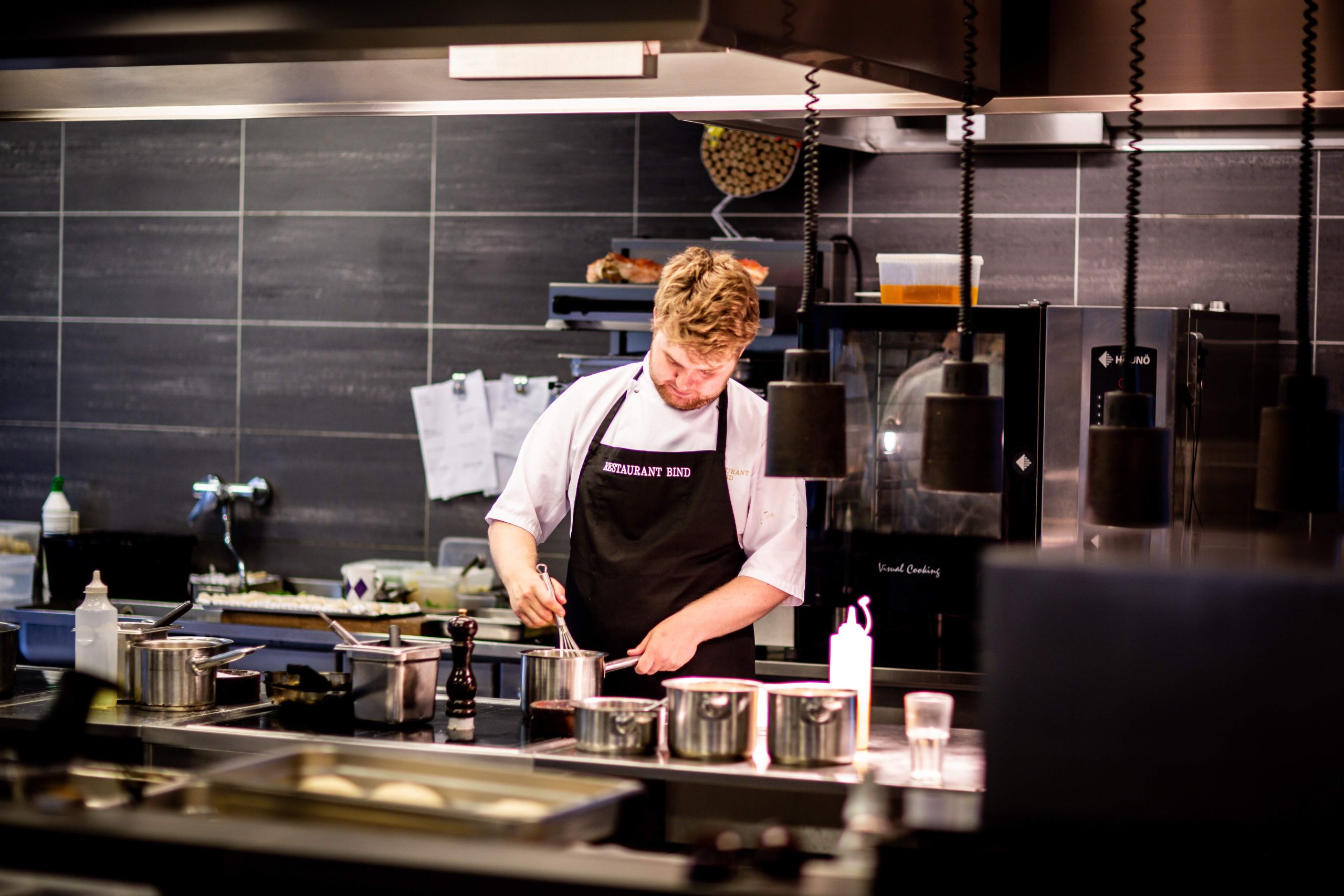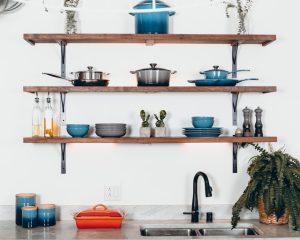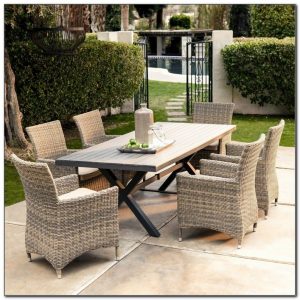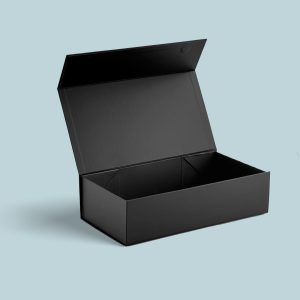
Effective Restaurant Kitchen Designs should be at the top of your list of objectives. This is whether you’re starting a brand-new restaurant, operating a second restaurant, or remodeling an existing restaurant.
Your restaurant’s heart and soul are in the kitchen, where the cooks prepare meals.
The success of a restaurant depends on having elegantly designed commercial kitchens with all the necessary restaurant equipment located exactly where the cooks need it.
Additionally, technologies like kitchen display systems that facilitate rather than impede kitchen activities may increase productivity tenfold. There are several reasons why restaurants and bars use menu templates while designing your restaurant kitchen menu.
Of course, there are many factors to take into account while planning a restaurant kitchen. Let’s get started and discover where to look, what to think about, and which eateries are leading the way with their creative restaurant kitchen design.
Starting Points for Commercial Kitchen Design
Before diving into the elements to consider when creating a commercial kitchen design, you’ll need to conduct some research because a restaurant kitchen has several needs.
1. Get Your Chef Involved
Your chef must be involved in the design process at all costs
Chef Jet Tila stated in an interview with The Kraemer Edge that “not getting feedback from cooks usually implies two things: First, the restaurant does not have the proper equipment. The kitchen’s proportions to the front of the house are also incorrect. And that typically indicates that the kitchen is cramped. Third, the flow is completely incorrect.
Your chef is more familiar with your menu than you are, and they are also aware of the type of area the back-of-house staff requires to operate well. Even if you might want to consult with front-of-house personnel and designers, the chef’s opinion is the most crucial one you can receive.
2. Understand Your Menu
In order to have a kitchen, you must have a menu, thus creating a menu should be the central focus of your planning process.
Make a list of every meal on your menu, along with each dish’s unique components. Then, list the procedures for making each menu item, along with the tools that must be utilized when. You may use this information to guide your placement decisions for ovens, prep areas, etc.
3. Consider What You Don’t Need
Kitchens may quickly become overcrowded.
Consider how you can make each piece of kitchen equipment work twice as efficiently. Can soup be made with an immersion blender in addition to salsa? Would using it be preferable to a standing blender?
Make sure to include precise measurements of food preparation, display, refrigeration, and storage equipment. Will you have free-standing or walk-in cold storage facilities? Both are not possible.
4. Examine regional health regulations
State-by-state variations in restaurant rules make them an urgent necessity to take into account when constructing a commercial kitchen. Codes governing health, fire, employee safety, and more must be followed.
The distance between a food prep station and any sinks or disposal drains, the placement of grease traps and vents, the size and temperature capacity of hot water tanks, and the layout and location of food storage spaces are all subject to regulations.
Review all restaurant permissions and licenses needed to operate a commercial kitchen, particularly those specific to your state. Here is a complete collection of state laws and ordinances governing the food service industry, organized by state.
10 Things You Should Consider When Designing Your Restaurant Kitchen Floor Plan
Okay, now you’re ready to sit down with your designer and sketch up the layout of your restaurant kitchen.
There are numerous things to think about. There are never two identical restaurant kitchens, especially when it comes to different restaurant styles like full service and fast service. Any back-of-house design, though, needs to take a few things into account.
The top 10 are as follows:
- Flexibility and effective use of space
- Reliability
- Kitchen workflow
- Food Safety and Sanitation
- Supervision and instruction
- Energy effectiveness
- Air ventilation
- Maintenance
- Equipment for commercial kitchens
- Technology
1. Flexibility and effective use of space
Your menu should be as adaptable as your kitchen. Do you have daily specials in your restaurant? Do you alter your menu in accordance with menu engineering data each season? You can make better use of space if your kitchen is modular, including mobile or multipurpose workstations or other pieces of equipment.
2. Reliability
How can your kitchen become so basic that a monkey could prepare your food?
Okay, so maybe it would be against all the health regulations we previously discussed, but the point still stands: Your kitchen shouldn’t be difficult to use.
Consider where you place certain stations to facilitate the kitchen workflow, from expo to line cook to executive chef, and only use the equipment you really need to save space (and money).
3. Kitchen workflow
Kitchens are often a mess. It’s in a kitchen’s DNA and part of the exhilaration of becoming a chef. This rush is discussed by Chris Hill on The Garnish podcast. The sexiest kitchens make use of this chaos, though.
Designing your kitchen with spaces for cleaning, storage and inventory, food preparation, meal cooking, and service is advised by WebstaurantStore. In this arrangement, the kitchen’s cooking area is located far from the area for trash disposal and cleaning. When finished meals leave the kitchen, unclean dishes come in from the other side.
4. Food Safety and Sanitation
One of the most serious mistakes you can make when constructing a restaurant kitchen, in Alistair’s opinion, is not having enough wash stations. “Consider the amount of cutlery, dishes, glasses, and trays that will gather over your busiest day, as well as the capacity of dishwashers, when calculating the size of drain boards, racks, and landing tables.”
Restaurant food safety and restaurant health regulations should be adhered to in every part of the kitchen. Cooking and prep spaces may be the most enjoyable aspect of kitchen design, but cleaning is equally significant. Consider where you will stack your dirty dishes as well as where you should put clean dishes so they are accessible while plating meals.
5. Supervision and instruction
The executive chef needs room at the back of the house to oversee (and teach) line cooks, sous chefs, and other back-of-the-house staff. Creating an incentive scheme for promotion in the back of the house is crucial since finding (and keeping) competent restaurant employees is the top concern for more than 50% of restaurant owners polled in the 2019 Restaurant Success Report. The executive chef has to have enough space to wander about the kitchen while keeping an eye on everything that is going on.
6. Energy effectiveness
Power usage in commercial kitchens is substantial. In fact, energy expenses may account for a sizable portion of your restaurant’s budget. “Placing cooking equipment strategically so that the exhaust hood can whisk away hot air keeps the kitchen cooler,” advises Foodservice Equipment & Supplies. “Placing cold storage as far away from heat sources as possible prevents appliances from working overtime.”
7. Air ventilation
The importance of air ventilation should be taken into account in the same spirit as energy efficiency. The kitchen’s air quality will deteriorate if it does not have enough ventilation, including smells and air movement. When your chefs begin to cook, not halfway through, turn on the range fan, and change the range hood filter often. The rear of the home might get rather warm, so you might want to add fans or air purifiers to your restaurant kitchen floor design.
8. Maintenance
What is the most common error in commercial kitchen design? Not making room for upkeep. Imagine your oven failing three months after it was first used. You might need to purchase a replacement oven if the repairman is unable to evaluate the damage because other pieces of furniture or worktops are too near the oven. You probably can’t afford that.
Plan ahead by making your kitchen modular so you can move some places around to access potentially broken equipment, such as refrigerators, walk-ins, stoves, etc.
9. Equipment for commercial kitchens
Here is a comprehensive list of every piece of culinary equipment for a restaurant that you would require, whether it is owned or rented. This again depends on the specific items on your menu.
- Range
- Oven \sGrill
- Deep-fryer
- Either a walk-in or a reach-in cooler
- Freezer (upright or walk-in) (upright or walk-in)
- Pans for frying, sauces, and baking
- Soup/stock pots
- Baking pans
- Pizza paddles and pizza screens
- Ladles, tongs, and spatulas
- Kitchen knives
- Serving bowls and mixing bowls
- Steam desk
- Entrée dishes, snacks, and desserts
- Buckets and clothes for cleaning
- Rubber floor coverings
- The dispenser of hand sanitizer and soap
- Extinguisher for fire
10. Technology
Your back-of-house technology should also be modular, adaptable, and simple to use. Paper tickets, also known as discount coupons, are commonly used in restaurants. However, with their customized routing choices to prep stations, ticket and fulfillment time data, and connectivity with online ordering systems, kitchen display screens may enhance accuracy and improve the number of tickets your kitchen processes.






